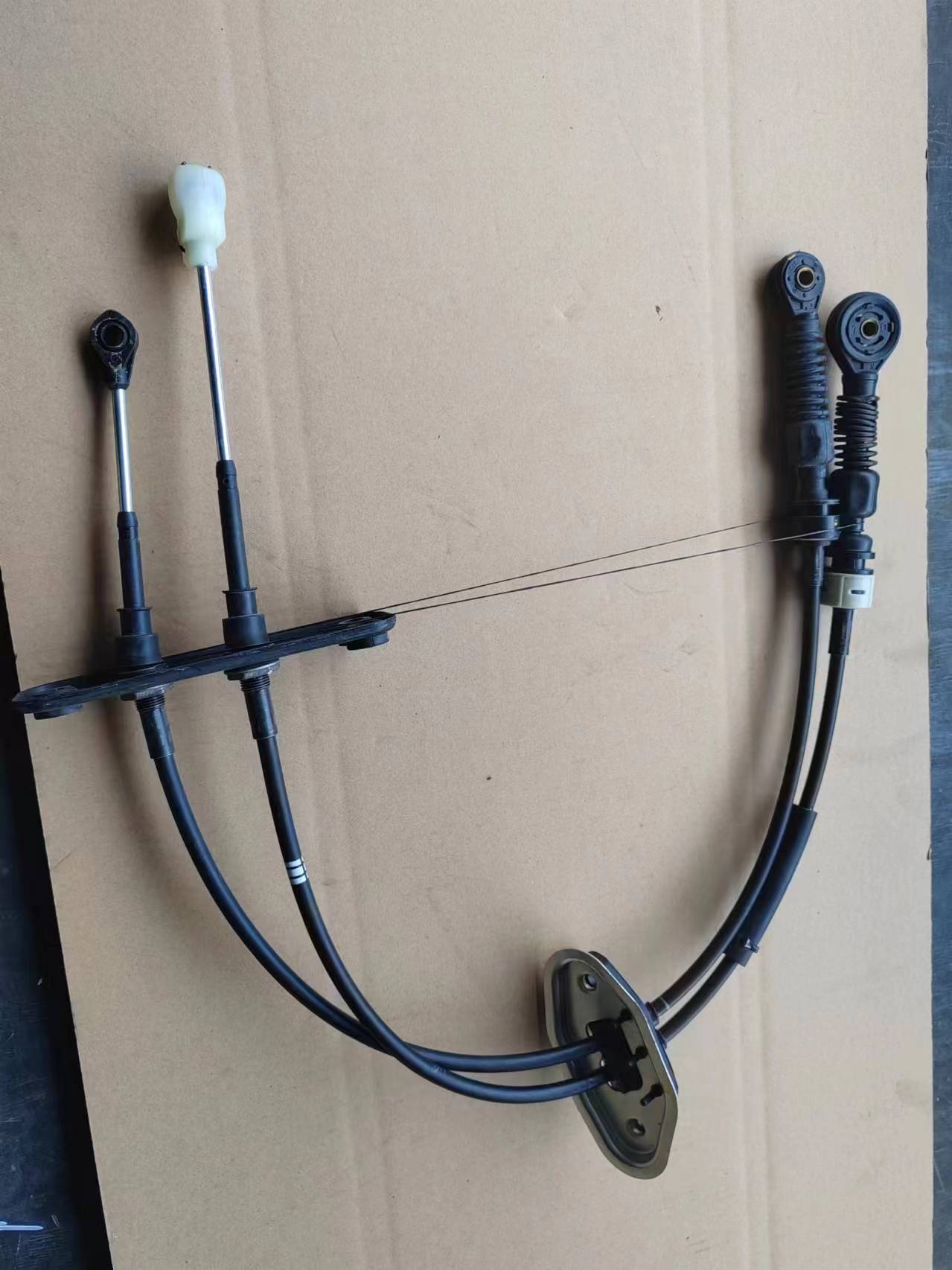Understanding Throttle Control and Cable Function in Engine Performance Mechanics
Throttle and Cable Understanding Their Role in Automotive Performance
In the world of automotive engineering, the throttle and its associated cable play a critical role in controlling the performance and responsiveness of a vehicle
. These components form an integral part of an engine's air intake system, directly influencing how power is delivered to the wheels. Understanding the function and significance of the throttle and cable can provide insights into the mechanics of driving, fuel efficiency, and overall vehicle dynamics.At its core, the throttle is a valve that regulates the amount of air entering the engine. This air mixes with fuel to create the combustion necessary to power the vehicle. In traditional mechanical systems, the throttle is controlled via a cable connected to the accelerator pedal. When a driver presses the accelerator, the pedal moves the cable, which in turn opens the throttle, allowing more air into the engine. This process is pivotal for increasing the engine’s power output and achieving higher speeds.
Automobile manufacturers have evolved this system over the years, moving from purely mechanical linkages to more advanced electronic throttle control (ETC) systems. In these modern setups, the accelerator pedal is equipped with sensors that send signals to an electronic control unit (ECU), which then adjusts the throttle position electronically. This shift to electronic systems has improved throttle response, allowing for greater precision in controlling the engine's performance. Furthermore, it enables manufacturers to integrate advanced features such as traction control and stability management systems that enhance vehicle safety and drivability.
throttle and cable

While the transition to electronic systems offers numerous benefits, the traditional throttle cable system is still prevalent in many vehicles, particularly older models. One of the key advantages of this mechanical system is simplicity. Fewer electronic components mean less potential for failure and lower repair costs. However, cable systems can be prone to wear and tear over time. Issues such as fraying, misalignment, or a loss of tension can lead to throttle lag—where there is a delay between pressing the accelerator and the throttle responding. This can affect the driver's ability to control the vehicle effectively, potentially leading to safety hazards.
To maintain optimal performance, regular inspection and maintenance of the throttle and cable are essential. Drivers should look out for signs of wear, such as stiffness in the accelerator pedal, hesitations in acceleration, or unusual noises when the throttle is engaged. These symptoms can signal that the throttle cable needs adjustment or replacement. Proper lubrication of the cable can also help ensure smooth operation and prolong its lifespan.
Moreover, it’s important to note that the calibration of the throttle system, whether mechanical or electronic, is crucial for achieving optimal engine performance. For racing enthusiasts, precise throttle response can mean the difference between winning and losing. Adjustments and tuning of the throttle can enhance acceleration, improve handling, and provide a more engaging driving experience.
In summary, the throttle and cable system is a fundamental component of any vehicle, influencing its performance and driving dynamics. Whether through traditional mechanical methods or cutting-edge electronic controls, the throttle plays a vital role in how an engine breathes and responds to driver inputs. For both manufacturers and vehicle owners, understanding the intricacies of throttle control not only enhances driving enjoyment but also ensures safety and efficiency on the road. Regular maintenance and awareness of the throttle system are key to unlocking the full potential of a vehicle, offering drivers the exhilarating experience of a finely tuned machine.
-
Workings of Clutch Pipe and Hose SystemsNewsJun.04,2025
-
The Inner Workings of Hand Brake Cable SystemsNewsJun.04,2025
-
The Secrets of Throttle and Accelerator CablesNewsJun.04,2025
-
The Hidden Lifeline of Your Transmission Gear Shift CablesNewsJun.04,2025
-
Demystifying Gear Cables and Shift LinkagesNewsJun.04,2025
-
Decoding Clutch Line Systems A Comprehensive GuideNewsJun.04,2025
